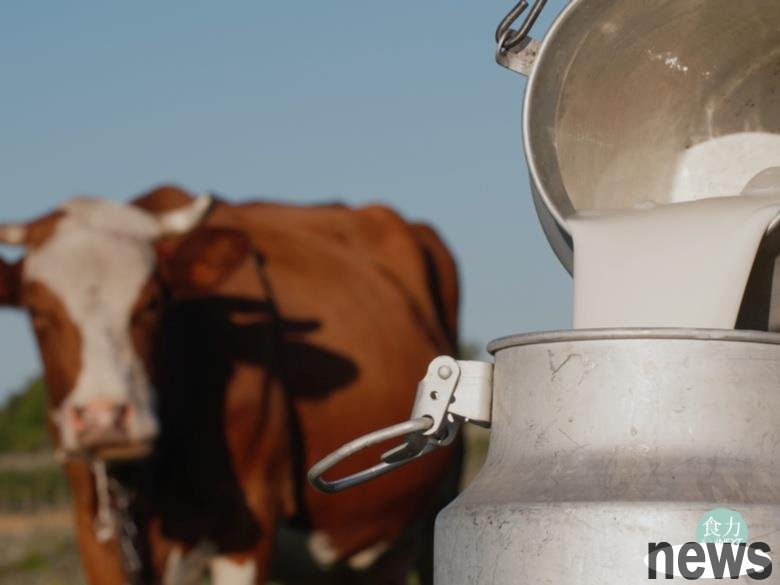 What you should know about the food
What you should know about the food There are always many rumors and myths about the additives and nutrients of fresh milk. What are the mistakes about Taiwanese fresh milk? Let’s watch “Food Power” to organize the top ten rumors about fresh milk to break the misunderstanding of fresh milk!
"Is there any additives in fresh milk and long-lasting milk?", "Is drinking fresh milk more nutritious than drinking long-lasting milk?", "Can you really add more calories?", are these also your doubts? "Food Power" compiles the top ten rumors about fresh milk on the Internet, and let's see if it's true or false!
{9First of all, this is not because Taiwan’s fresh milk has additives. In Taiwan’s laws, no food additives shall be added except for strengthening nutrient milk.
The reason why the taste difference between the two at home and abroad is due to the difference in "warming and killing bacteria". During the heat-up process of fresh milk, lactose and protein will produce plum reactions, coupled with protein change and other reactions, which will cause the fresh milk to have a sweeter and more slurry flavor.
The fresh milks on Taiwan are mostly used in the "UHT" with a heating temperature of 125 to 138 degrees and a heating time of 2 to 5 seconds. They are the highest temperature among the fresh milk bacterial methods, and they also create the "melt and mellow" flavor of the fresh milk. Foreign fresh milks often use the "HTST" method (HTST) with a relatively low temperature, which is 72-75 degrees and a heating time of more than 15 seconds. The temperature is lower and it can also preserve the original flavor of the fresh milk.
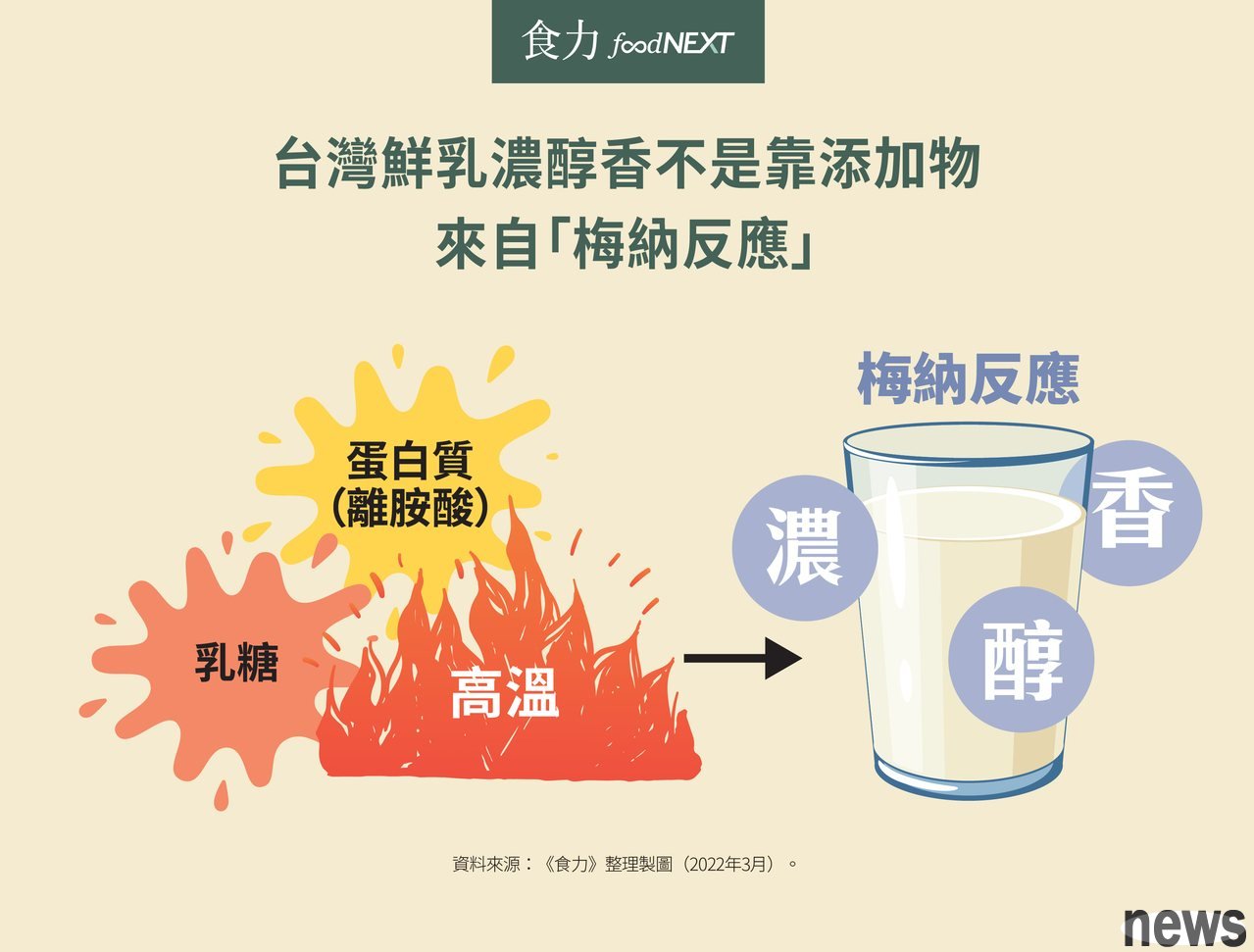
Moisturizing, mellow and fragrant are what consumers imagine today about fresh milk. However, will some businesses add additives to fresh milk meet the taste that consumers expect?
According to the current law "Dairy Hygiene Standard", no food additives can be added to fresh milk and long-lasting milk. Only "strengthening nutrients" are allowed to add "nutrients contained in raw milk". As long as they are originally contained in raw milk (such as vitamin A, vitamin D, vitamin B1, vitamin B2, calcium, iron, whey protein, etc.) can be added. As for the amount of added amount, if the added nutrients are food additives, the dosage shall meet the Ministry of Fufu standards (for example, the amount of whey protein added must be less than 1%); if it is not a food additive, the original content in raw milk shall not exceed.
As for the shelf life of commercially available long-lasting milk, it can last for 6 months, and it does not contain food additives such as preservatives, but because it has been processed, such as sterilization and sterile filling, it can be stored at a constant temperature and long time.
{twenty three} {twenty four}
Myth 3: It is obviously fresh milk, but Taiwan fresh milk has a shelf life of 14 days and imported fresh milk can be stored for 70 days. Is there any preservative?The most commonly purchased imported fresh milk by Taiwanese people, the shelf life of the "Kirkland Signature Corkland Whole Fresh Milk" sold in Costco, which meets the CNS3056 fresh milk definition, is as long as 70 days. The same is fresh milk. The shelf life of fresh milk in Taiwan is 12 to 14 days. Why is the difference so much?
In fact, this imported fresh milk and most commercially available fresh milks in Taiwan use the "UHT-pasteurization" method. The common processing temperature of domestic fresh milk is 125-135 degrees, 2-3 seconds. It can be stored for 15-60 days without opening. However, in order to ensure quality, the shelf life of commercially available fresh milk in Taiwan is 12-14 days. The higher the temperature of the killing and the longer the time, the longer the shelf life of the fresh milk can be extended. The temperature of the processed Corklan milk is 138 degrees, slightly higher than the common temperature of 125 to 135 degrees in Taiwan, and it is also the reason why it can be stored for a longer time. However, no matter whether it is domestic and foreign fresh milk, it should be used up as soon as possible after it is opened.
Myth 4: Will drinking fresh milk be more nutritious than drinking long-lasting milk?There is a group of people who choose to drink fresh milk that fresh milk is more nutritious than long-lasting milk, but is that true? According to the "Fresh milk long-lasting milk flavored milk milk drinks and milk powder products and labeling regulations", if the product is labeled with fresh milk or long-lasting milk, the raw materials are 100% raw milk.
Most of the fresh milk and long-lasting milk sold in Taiwan use the "UHT" method. The difference between the two is that the hot temperature of fresh milk is lower and needs to be stored in refrigerated storage; while long-lasting milk can be stored at a constant temperature after high temperature and high pressure sterilization. In other words, the difference between the two is just the difference between the method of killing bacteria, storage method and period, and there is not much difference in nutritional content.
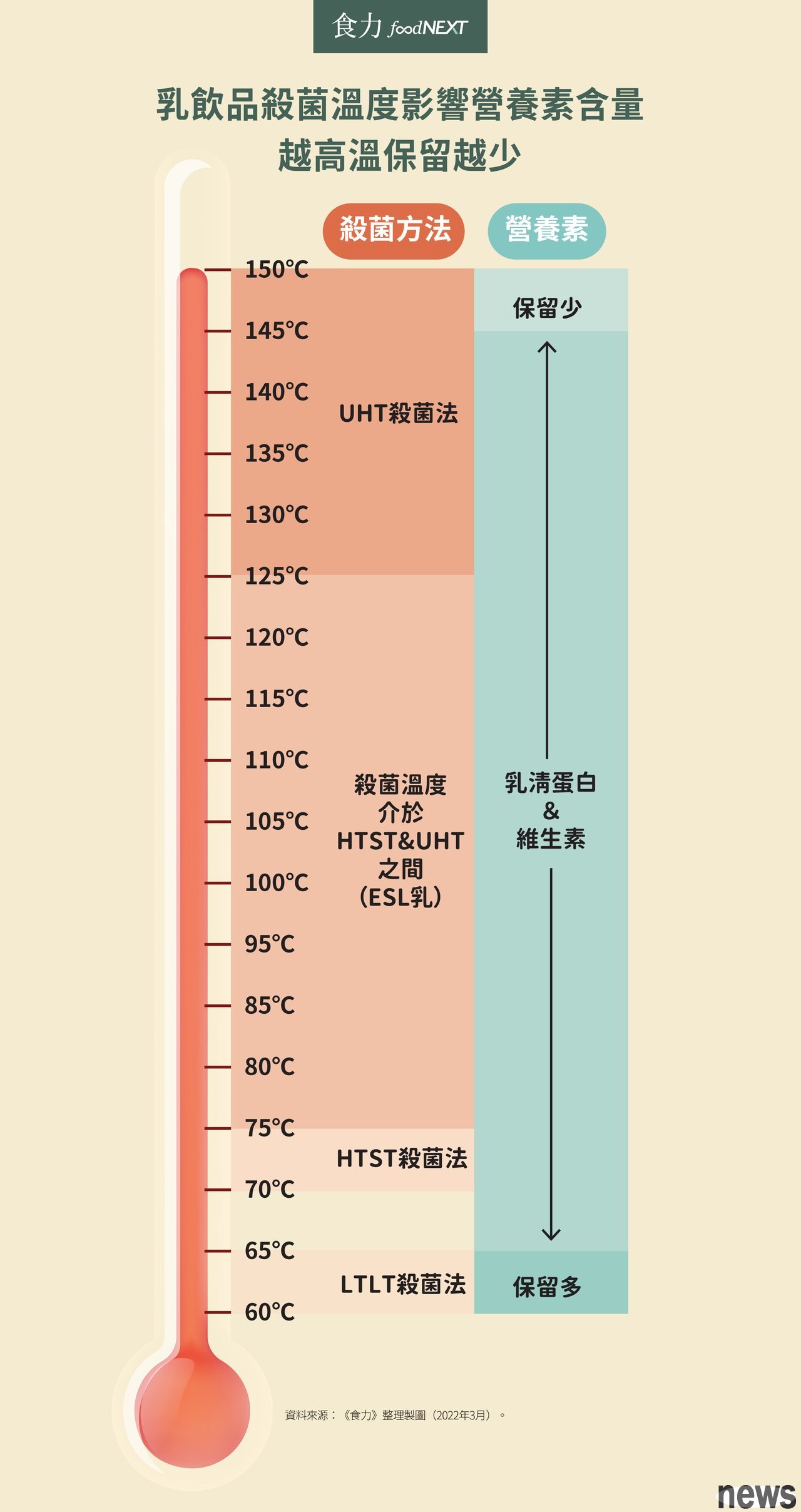
The main nutrients provided in fresh milk are fat, protein, and calcium. And "calcium" will not be damaged due to heat, so no matter which method of killing bacteria will have an impact. Fresh milk contains about 3 to 4% protein, 8 of which is casein and 20% is whey protein.
However, whey protein will develop degeneration and be damaged at about 80% 26deg;C, reducing the immune regulation and inhibiting bacterial functions provided by whey protein in some fresh milk. The water-soluble vitamin B group (vitamin B1 and B2) will also be affected and lost in a hot environment. Although the functional components in fresh milk such as whey protein and vitamins will be damaged due to high temperature, they are not the main nutrients provided by fresh milk. In terms of the overall nutritional value, the impact is not big..
Myth 6: Can drinking more fresh milk really make up more calcium?Fresh milk is a good source of food for supplementing calcium, but it does not mean that the more you drink, the more you can absorb. Drink a cup of fresh milk, the absorption rate of "calcium" is only 30% to 32%, and the calcium you drink is present in the blood and will not enter the bones immediately. In other words, high blood concentration does not mean high concentration in the bones. It must be transformed by "vitamin D" to increase the absorption of human bone calcium, and vitamin D can be taken from eggs, pig liver, fish and other foods.
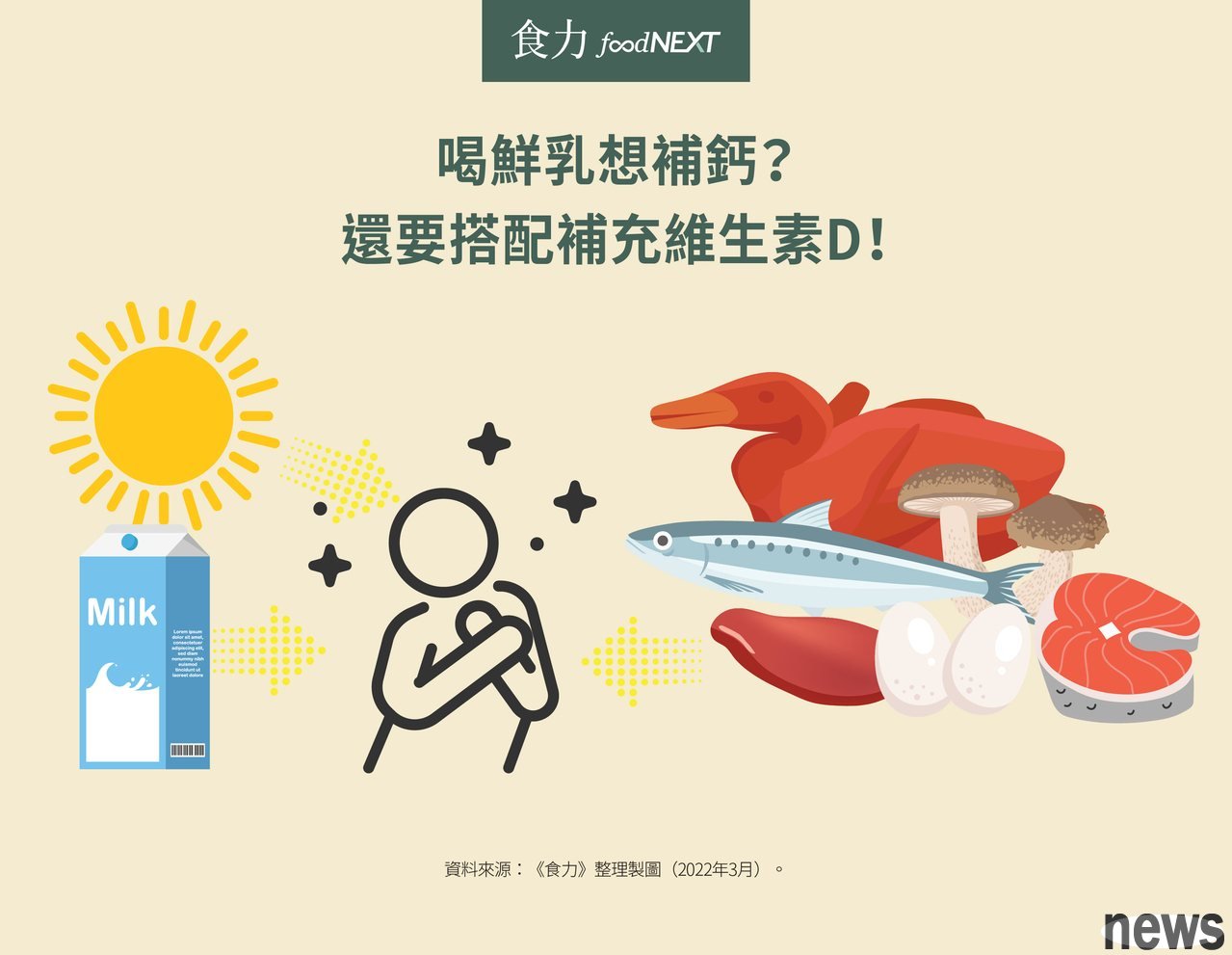
The Ulong report in the 2013 commercial weekly "Milk Man" pointed out that 70% of Taiwan's fresh milk contains antibiotics, antidepressants, and contraceptive drugs. It also pointed out that it may cause physical harm such as liver and kidney damage, allergies, and causes consumers to panic about drinking fresh milk.
However, the Agricultural Committee and clarifications and inspections of raw milk from 13 CAS dairy factories in Taiwan, and examined 86 items such as "antibiotics for animal drug retention", plasticizers, anti-depressants, painkillers, etc., all comply with the regulations. Taiwan prohibits the injection of growth hormone to cows, and antibiotics can only be used for treatment, so there is no doubt that there is no drug left in Taiwan's fresh milk.
Myth 8: Is there a high amount of estrogen in fresh milk?The reason why dairy cows can produce milk all year round is because of the "species" of dairy cows, not drugs or estrogen. Estrogen is mainly sent in the blood by sex hormone synthesis globulin (SHBG). In other words, estrogen does not easily enter cow's milk, so there is no need to worry about the existence of estrogen in cow's milk.
Myth 9: Is there a "fresh milk stamp" really a fresh milk?To obtain a fresh dairy stamp, you must use "domestic milk-generated" as the raw material, and need a dairy factory registered with a dairy factory and book a contract for raw milk before you can apply. The design purpose of the stamp is to control whether the raw milk volume of dairy factories is equal to the sales volume of dairy factories. Therefore, some small agricultural brand fresh milk on the market that does not have a dairy factory cannot apply for the stamp. If it can be called "fresh milk", according to the "Fresh milk long-lasting milk flavored milk milk drinks and milk powder product names and specifications", as long as raw milk (complies with the national standard CNS3055 of the Republic of China) is used as raw material, milk used for drinking in the form of "refrigerated" after adding warm bacteria and packaging can be marked as "fresh/milk" and "fresh/milk". In other words, it is not necessary to obtain a fresh milk mark to be a real fresh milk. You can see from the ingredients list whether “100% raw milk (complies with the CNS3055 raw milk)” is used as the raw material, and whether the product specifications meet the CNS3056 fresh milk standards.
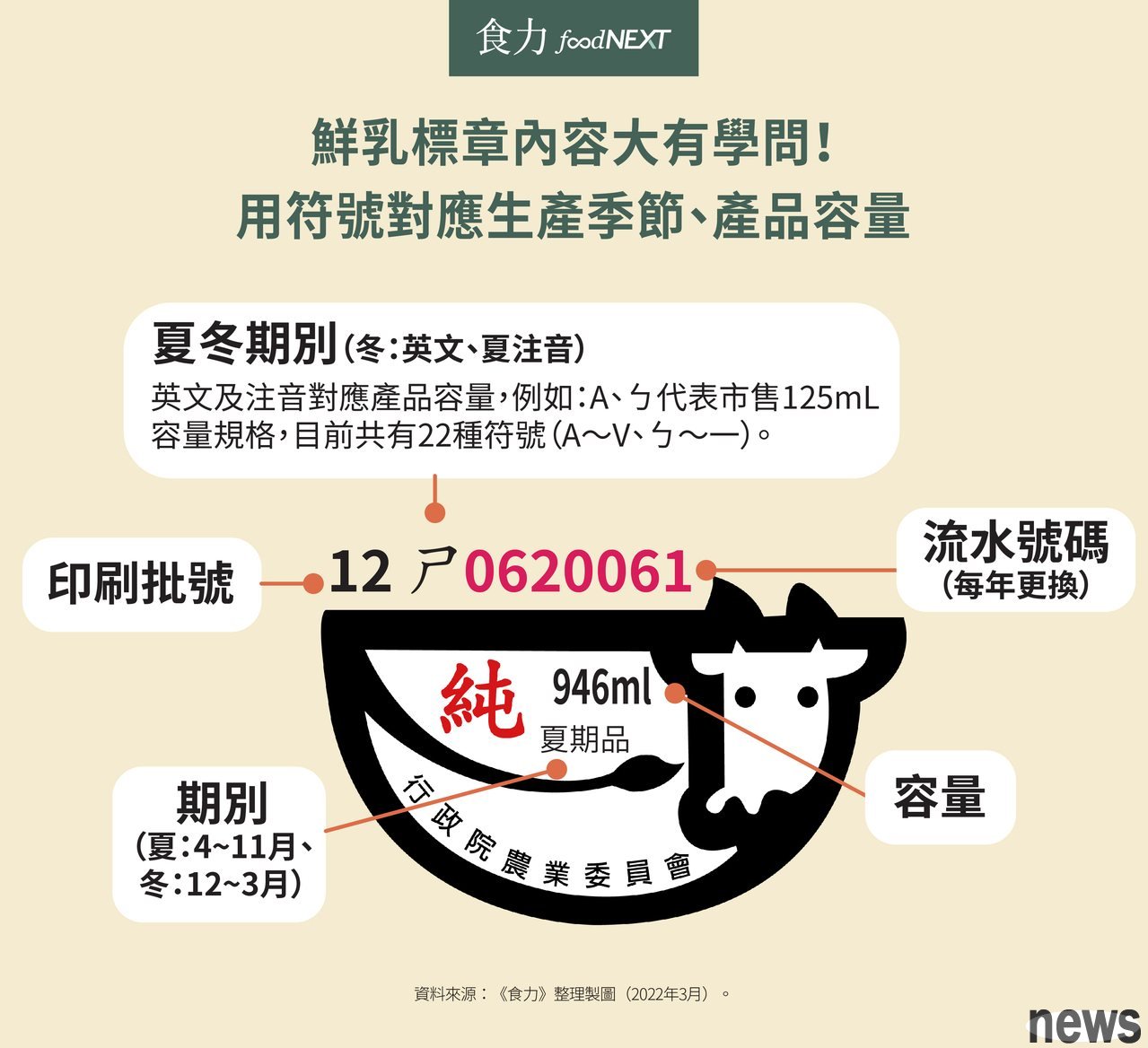
"Business milk" is a source of dairy products used in locked coffee shops and mobile drinks stores. It includes raw materials such as fresh milk, long-lasting milk, ice-brick milk, milk powder, etc. In fact, it can be called business milk, not so-called chemical milk. Due to factors such as cost and stable supply, other dairy products will be used instead of fresh milk. Among them, imported ice tiled milk is the most commonly used milk source in Taiwan's locked coffee industry.
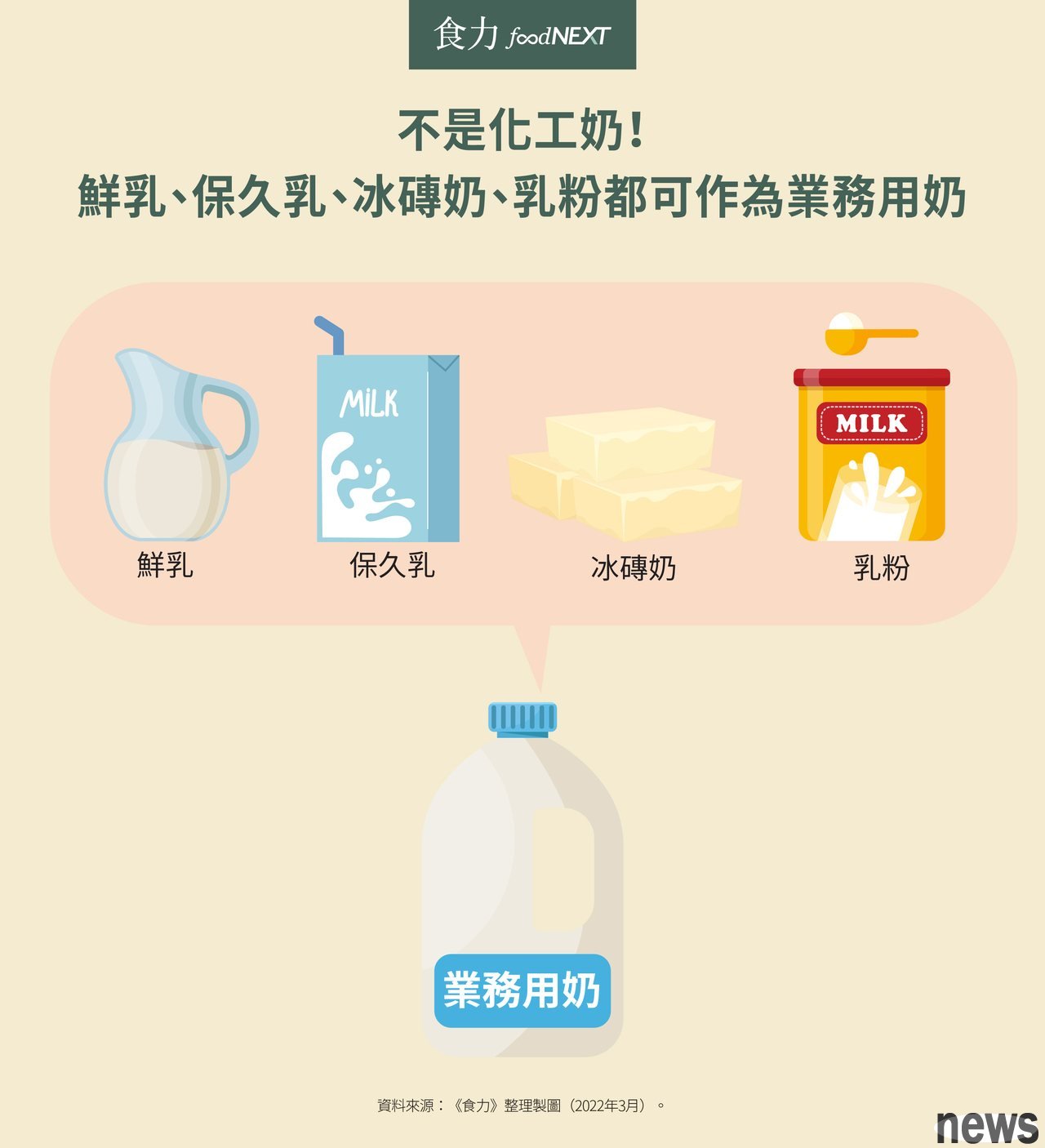
【This article is from the Fuli Vol.26 quarterly "The Breast Wars, Who is the Winner in the Nine Arenas"]